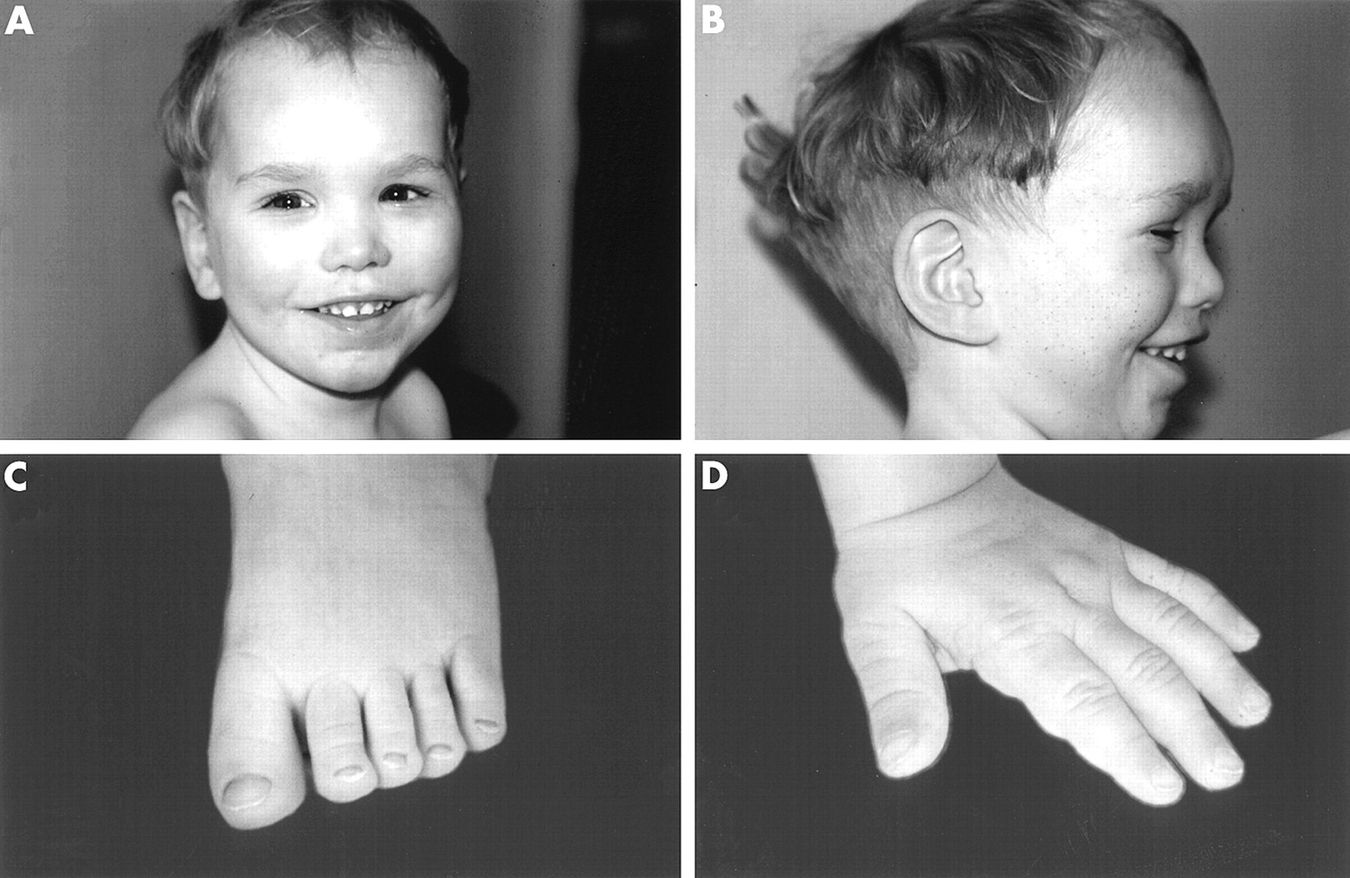
Macrosomia Developmental Delay Dysmorphism is a complex condition that affects many children worldwide. Understanding this condition can help parents, caregivers, and educators provide better support. Macrosomia refers to babies born significantly larger than average, often leading to complications during birth. Developmental delay means a child is slower to reach milestones compared to peers. Dysmorphism involves physical differences in body structure, often noticeable in facial features. These three aspects together create a unique set of challenges. Knowing the facts can make a big difference in managing the condition effectively. Let's dive into 25 essential facts about this condition to help you understand it better.
Key Takeaways:
- Big babies, delayed development, and unique physical features can present challenges. Early detection, multidisciplinary care, and family support are crucial for managing these interconnected conditions.
- Children with macrosomia, developmental delay, and dysmorphism need regular monitoring, therapies, parental support, educational plans, and community resources for comprehensive care and successful development.
Understanding Macrosomia
Macrosomia refers to a condition where a newborn is significantly larger than average. This can lead to various complications during birth and later in life. Here are some key facts about macrosomia:
-
Definition: Macrosomia is typically defined as a birth weight of more than 8 pounds, 13 ounces (4,000 grams), regardless of the gestational age.
-
Causes: Factors like maternal diabetes, obesity, and excessive weight gain during pregnancy can contribute to macrosomia.
-
Risks: Babies with macrosomia are at higher risk for shoulder dystocia, where the baby's shoulder gets stuck during delivery.
-
Diagnosis: Ultrasounds and measuring the mother's abdomen can help estimate the baby's size before birth.
-
Management: Doctors may recommend a cesarean section if they suspect the baby is too large for a safe vaginal delivery.
Developmental Delay
Developmental delay occurs when a child does not reach their developmental milestones at the expected times. This can affect physical, cognitive, communication, social, or emotional skills. Here are some important facts:
-
Early Signs: Delays in sitting, crawling, or walking can be early indicators of developmental delay.
-
Causes: Genetic factors, complications during birth, and environmental influences can all contribute to developmental delays.
-
Screening: Regular pediatric check-ups often include developmental screenings to catch delays early.
-
Intervention: Early intervention programs can help children with developmental delays catch up to their peers.
-
Types: Developmental delays can be global, affecting multiple areas, or specific, impacting only one area like speech or motor skills.
Dysmorphism
Dysmorphism refers to the presence of physical features that are different from the norm. These differences can be subtle or more pronounced. Here are some facts about dysmorphism:
-
Definition: Dysmorphic features are physical traits that deviate from the typical anatomy, often identified at birth.
-
Genetic Links: Many dysmorphic features are linked to genetic syndromes or chromosomal abnormalities.
-
Common Features: Examples include unusual facial features, limb abnormalities, or atypical body proportions.
-
Diagnosis: Genetic testing and physical examinations are used to diagnose dysmorphic features.
-
Impact: Dysmorphic features can sometimes be associated with other health issues, including developmental delays or intellectual disabilities.
Connection Between Macrosomia, Developmental Delay, and Dysmorphism
These three conditions can sometimes be interconnected, leading to complex health challenges. Here are some facts about their connections:
-
Genetic Syndromes: Some genetic syndromes can cause a combination of macrosomia, developmental delay, and dysmorphism.
-
Prenatal Factors: Conditions like gestational diabetes can increase the risk of macrosomia and developmental delays.
-
Early Detection: Identifying these conditions early can help manage and mitigate potential complications.
-
Multidisciplinary Approach: Treatment often involves a team of specialists, including pediatricians, geneticists, and therapists.
-
Family History: A detailed family history can provide clues about the likelihood of these conditions occurring together.
Managing and Supporting Affected Children
Children with macrosomia, developmental delay, and dysmorphism require comprehensive care and support. Here are some facts about managing these conditions:
-
Regular Monitoring: Frequent check-ups are essential to monitor growth, development, and any emerging health issues.
-
Therapies: Physical, occupational, and speech therapies can help address developmental delays.
-
Parental Support: Parents may need guidance and support to navigate the challenges of raising a child with these conditions.
-
Educational Plans: Individualized education plans (IEPs) can help children with developmental delays succeed in school.
-
Community Resources: Support groups and community resources can provide valuable assistance and information for families.
Final Thoughts on Macrosomia Developmental Delay Dysmorphism
Understanding macrosomia developmental delay dysmorphism can be challenging, but knowing the facts helps. These conditions often overlap, making diagnosis tricky. Macrosomia refers to babies born larger than average, which can lead to complications. Developmental delay means a child isn't meeting milestones at the expected times. Dysmorphism involves unusual physical features that may indicate genetic conditions.
Early intervention is key. Regular check-ups and developmental screenings can catch issues early, leading to better outcomes. Parents should seek support from healthcare providers and specialists. Awareness and education about these conditions can make a big difference.
Remember, each child is unique. While these conditions present challenges, many children go on to lead fulfilling lives with the right support. Stay informed, seek help when needed, and focus on your child's strengths and progress.
Frequently Asked Questions
Was this page helpful?
Our commitment to delivering trustworthy and engaging content is at the heart of what we do. Each fact on our site is contributed by real users like you, bringing a wealth of diverse insights and information. To ensure the highest standards of accuracy and reliability, our dedicated editors meticulously review each submission. This process guarantees that the facts we share are not only fascinating but also credible. Trust in our commitment to quality and authenticity as you explore and learn with us.
